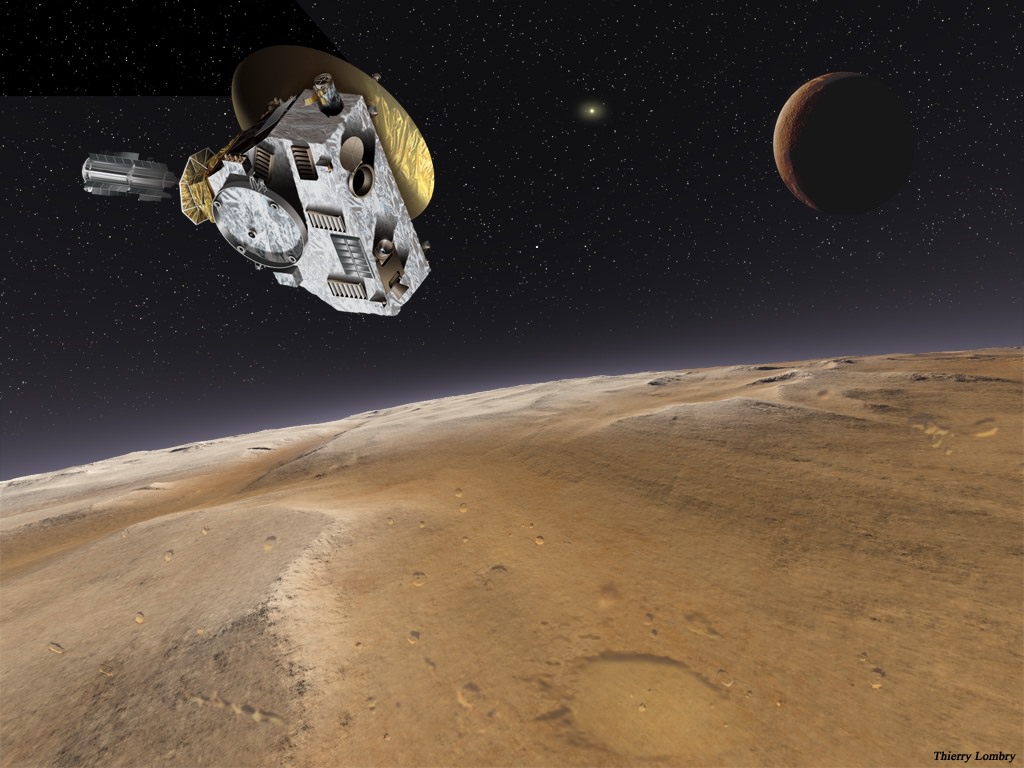Are you excited about the upcoming NASA New Horizons flyby to Pluto? Even though the flyby will happen on July 14, 2015, Pluto is getting closer and closer in the spacecraft’s cameras. And there’s lots of science to be done between now and then.
Join me today, Friday April 3 at 10 am PDT / 1 pm EDT for a special Hangout with NASA and members from the New Horizons science team to discuss the state of the mission and what we can expect over the next few months as we finally meet Pluto up close. Ask the team your questions live.
We’ll be joined by:
- Jim Green (NASA Headquarters, Planetary Science Division Director)
- Alan Stern (SWRI, Principle Investigator on New Horizons)
- Bill McKinnon (Wash U., NH Science Team CO-I)
- John Spencer (SWRI, NH Science Team CO-I etc.)
- Stuart Robbins (SWRI, NH Science Team etc.)
- Kelsi Singer (SWRI, NH Science Team etc.)
Click here to learn more about the event, or watch it live at 10am PDT.


“Join me today, Friday April 3 at 10 am PDT…”
This message was received @ 1:42AM EDT April 4th. A pet peeve of mine, event notices quite often received after the fact.
Watched this after the fact on YT. I found it very informative, but I’d like to add a response to one of the questions asked by the live audience, namely, “Why are we doing a fly-by instead of an orbital mission?” The primary reason is that NASA’s internal politics are limited by the laws of physics, just like all the rest of us.
NASA decided after much internal discussion that what it MOST wanted to know was what exactly goes on in Pluto’s atmosphere, and since they were afraid that the atmosphere would freeze out entirely as Pluto’s orbit took it further & further from Sol, the most important scientific goal thus dictated we get there as fast as possible.
The trick is, orbital dynamics tell us that in order to get New Horizons out there in the time allotted, it had to travel faster than solar escape velocity. The result is a mission that’s broken all kinds of speed records (as the team pointed out, with justifiable pride^_^), but it ALSO means that the spacecraft is simply moving too fast to slow down once it gets there.
An orbital mission to Pluto, et al., was absolutely doable with pre-2000’s technology. NASA just decided that the science they wanted to do couldn’t wait for the passing of (potentially MANY) extra decades, not to mention the sacrifice of science payloads for extra fuel (among other things) that it would’ve taken to get NH out there with a similar enough orbital velocity to the Plutonian system to get it into orbit once it arrived on the scene.